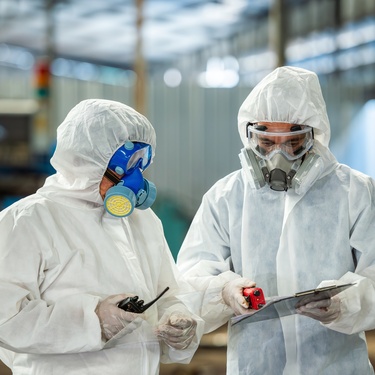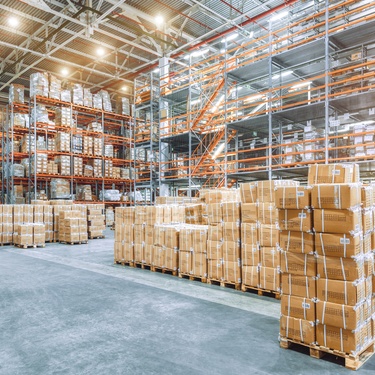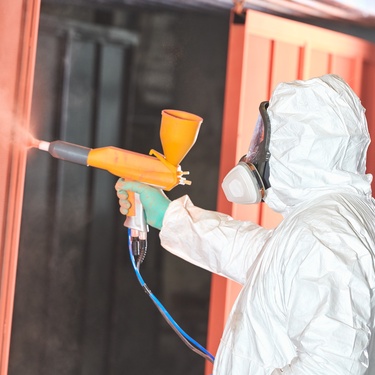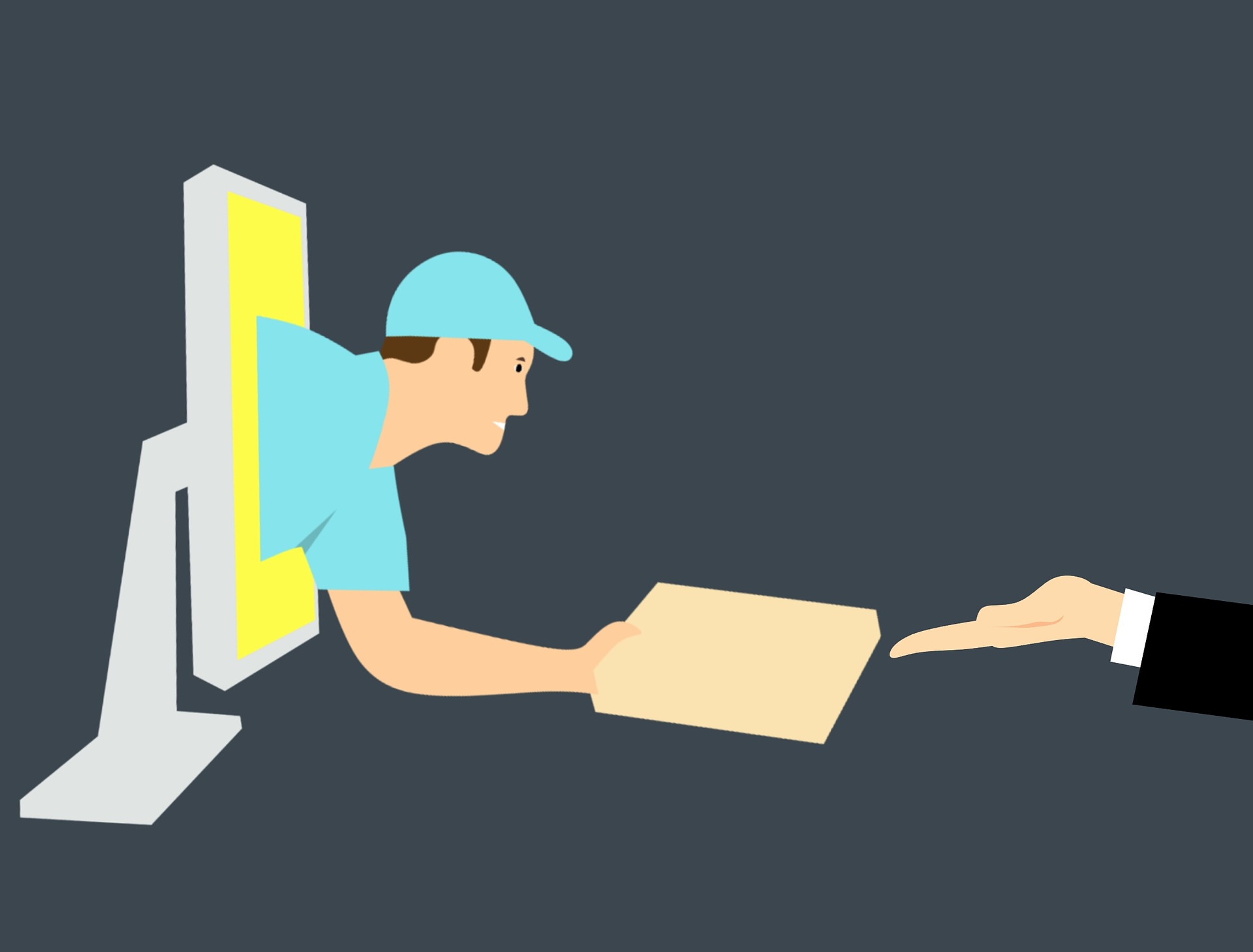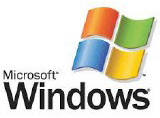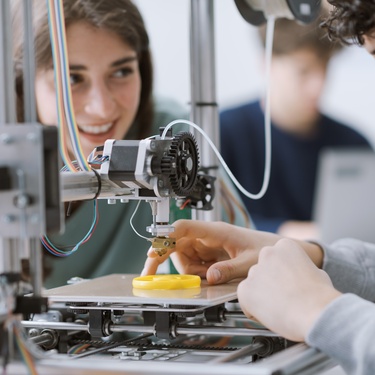
Additive manufacturing, also known as 3D printing, now offers educators a powerful tool to bring abstract concepts into the physical world. This technology allows students to design, prototype, and produce tangible objects, fostering a hands-on learning environment. For many students, seeing their digital creations become real objects cultivates a deeper understanding of complex subjects.
It’s clear schools are using 3d printing to inspire creativity and equip students with future-ready skills. With this new approach, you can move education beyond textbooks and help learners engage dynamically with the material.
Bring Abstract Concepts to Life
Complex 3D concepts in subjects like geometry and biology can be complex to grasp from flat drawings. With 3D printers, educators can create accurate, tangible models for students to hold and examine.
Here are a few examples of how different subjects can use this creative feature:
- Geometry and Math: Students can print geometric shapes, ranging from simple cubes to intricate fractal patterns, which helps them understand spatial relationships and mathematical principles.
- Biology and Chemistry: Printing models of DNA strands, cellular structures, or molecules provides a tangible way for students to interact with microscopic concepts.
- History and Archaeology: Educators can recreate historical artifacts, allowing students to study ancient objects without risking damage to priceless originals.
Encourage Problem-Solving and Design Thinking
Learning to use a 3D printer is a learning curve itself. Students identify a challenge, brainstorm a design, create a prototype, and refine it based on real-world testing and feedback. This iterative process mirrors professional engineering and design workflows.
It teaches students to embrace trial and error as part of the learning journey. By designing their own tools or parts, students develop analytical skills and learn to think like innovators.
Prepare Students for Future Careers
Proficiency in 3D printing and CAD software can open doors to careers in diverse fields such as engineering, medicine, manufacturing, and the arts. Learning these skills early on can give students a competitive edge in high-demand industries, enabling them to innovate and problem-solve effectively.
Students learning to operate 3D printers gain hands-on experience in designing, troubleshooting, and optimizing digital models. These skills enhance their technical abilities and boost their competitiveness for apprenticeships, technical colleges, and university programs in technology, engineering, and design.
Make Learning More Engaging
Hands-on activities are far more effective at capturing students' attention than traditional lectures. 3D printing turns the classroom into an interactive workshop, encouraging students to actively engage with their education while fostering a positive learning environment. For example, students can design and print board game pieces, custom enclosures for electronics projects, or assistive devices for peers with disabilities.
With a CreatBot 3D printer, users can create items such as custom puzzles or articulated toys. This hands-on approach helps students connect with the material on a deeper, more personal level.
By bridging the gap between digital and physical, schools are using 3d printing to inspire creativity in a new generation of thinkers and makers. This technology does more than create objects; it builds skills, encourages innovation, and makes learning an exciting adventure.
Bio: Casey is a passionate copyeditor highly motivated to provide compelling SEO content in the digital marketing space. Her expertise includes a vast range of industries from highly technical, consumer, and lifestyle-based, with an emphasis on attention to detail and readability.





